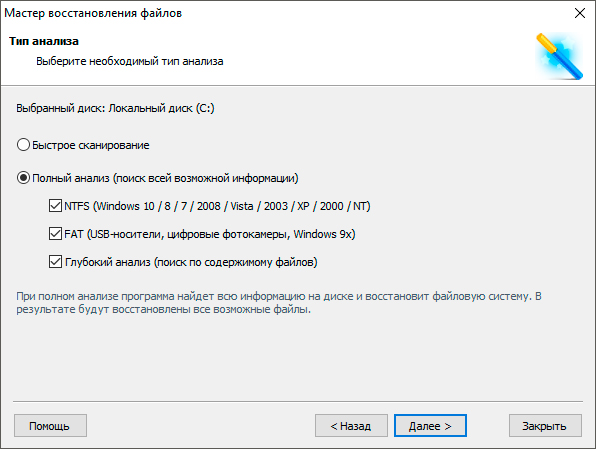

Replication publishers and distributor information ■ SQL Server Agent information such as jobs, job history, job schedules, operators, alerts, and notifications ■ĭatabase maintenance plan information such as maintenance plan jobs and history ■ The following list outlines the information contained in the msdb database: ■ In addition to SQL Server Agent configuration and task information, replication, log shipping, and maintenance plan data are stored in the msdb database.

The msdb database is a system database that is used by several SQL Server components such as the SQL Server Agent service. After you have rebuilt the Master database you will have to manually make any configuration changes and server and database registrations and recreate logins to restore your server to its previous state. Using this utility, you can use the Master database from the SQL Server installation CD-ROM to replace the missing or corrupted Master database on your system.

The tool provides a GUI that allows you to specify the source of the existing database file and the destination server, as shown in Figure 4.3. Microsoft provides a utility named rebuildm.exe that is located in the Program Files\Microsoft SQL Server\ 80\Tools\Binn subdirectory. In the event that your Master database is corrupted or destroyed and cannot be restored from backups, you can rebuild the Master database to its default state. The installation process creates the Master database (master.mdf) and master database log file (mastlog.ldf) in the Program Files\Microsoft SQL Server\Mssql\Data directory. On the other hand, I'm anxious of compatibilities issues by transferring the master database due to the different version (SQL 2005 vs 2008 and clustered vs non-clustered).Given its importance to SQL Server, a current backup of the Master database is critical to any server recovery. In addition of transferring the user databases, my approach was to script all the logins, users, jobs, etc and restore them on the new machine, but I'm afraid of forgetting something? I mean, while the databases it hosts are going to be the same, the configuration is going to be different (different versions and not clustered). I'm wondering whether or not I should transfer the master database from the old machine to the new one? The new server will be a SQL Server 2008 standard machine, non-clustered. The current installation is SQL Server 2005 standard: it used to be clustered but the node got removed at some point, but still is configured as a clustered. I'm currently working on a migration plan to migrate our SQL Server to some new hardware.


 0 kommentar(er)
0 kommentar(er)
